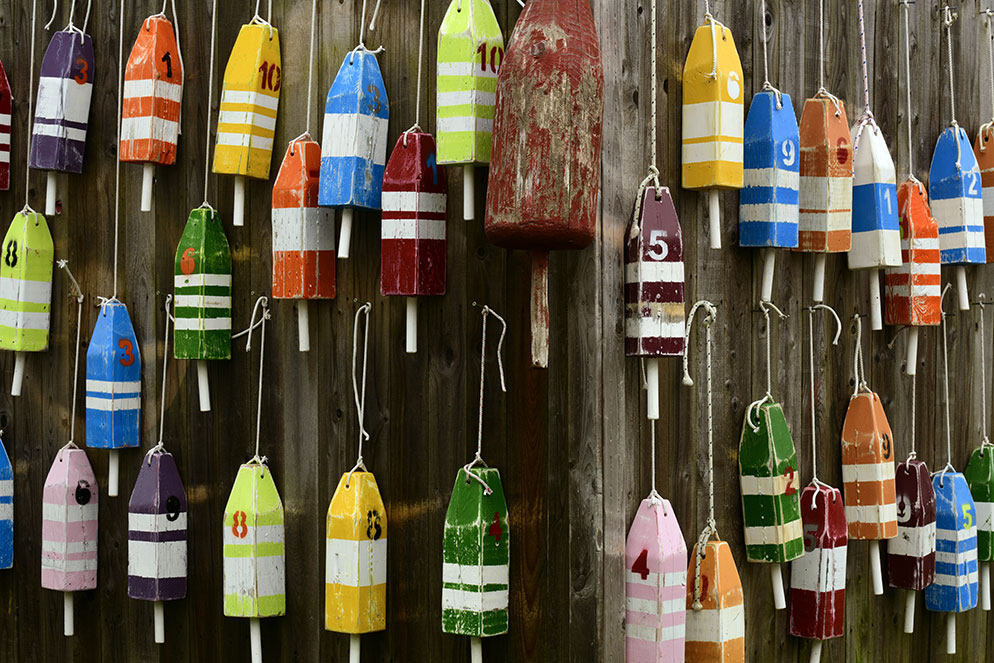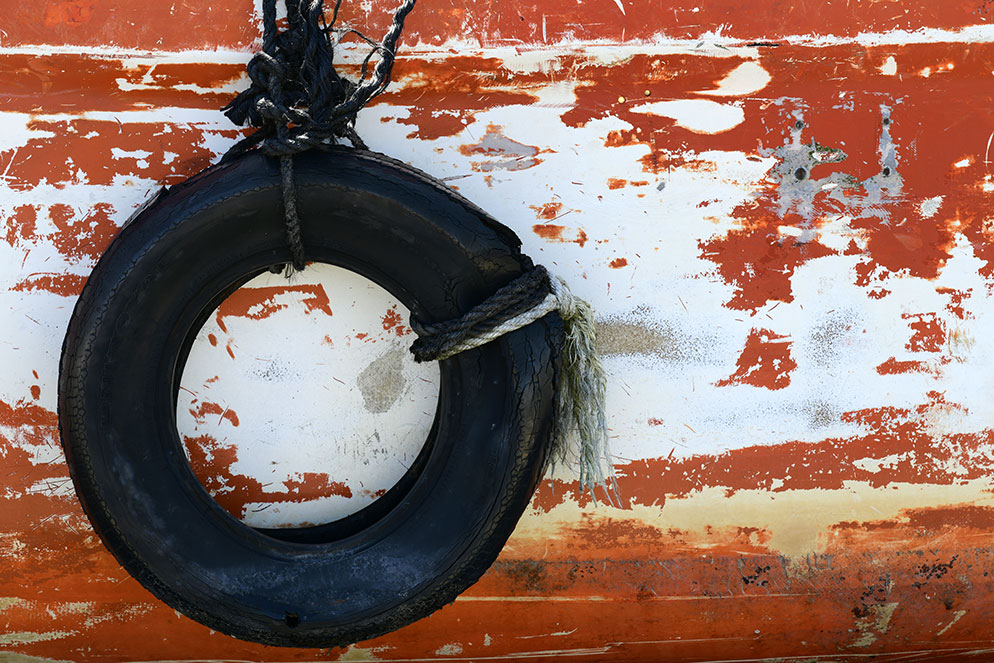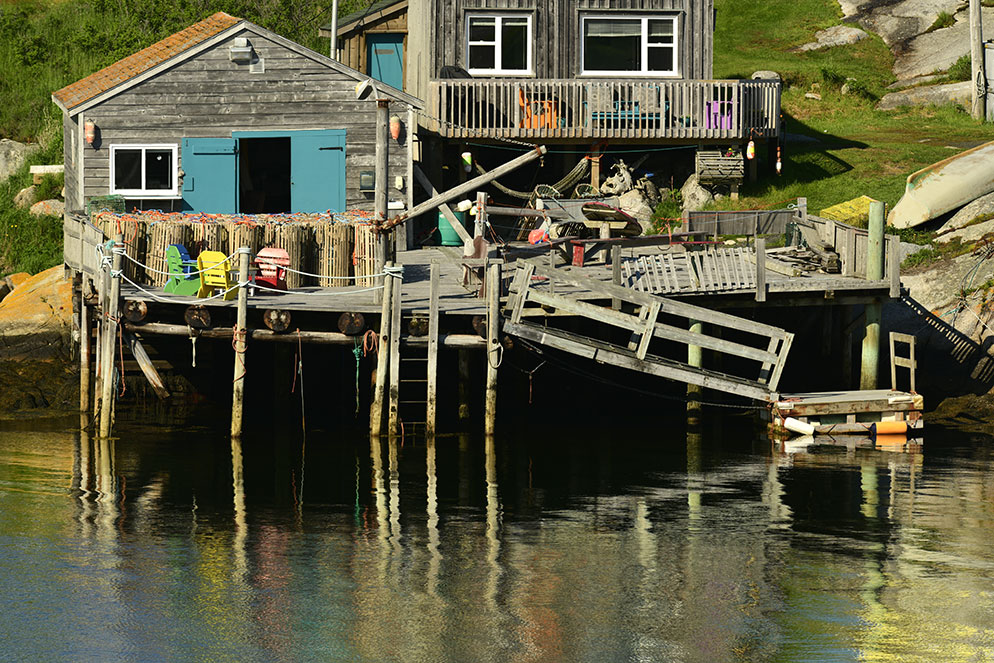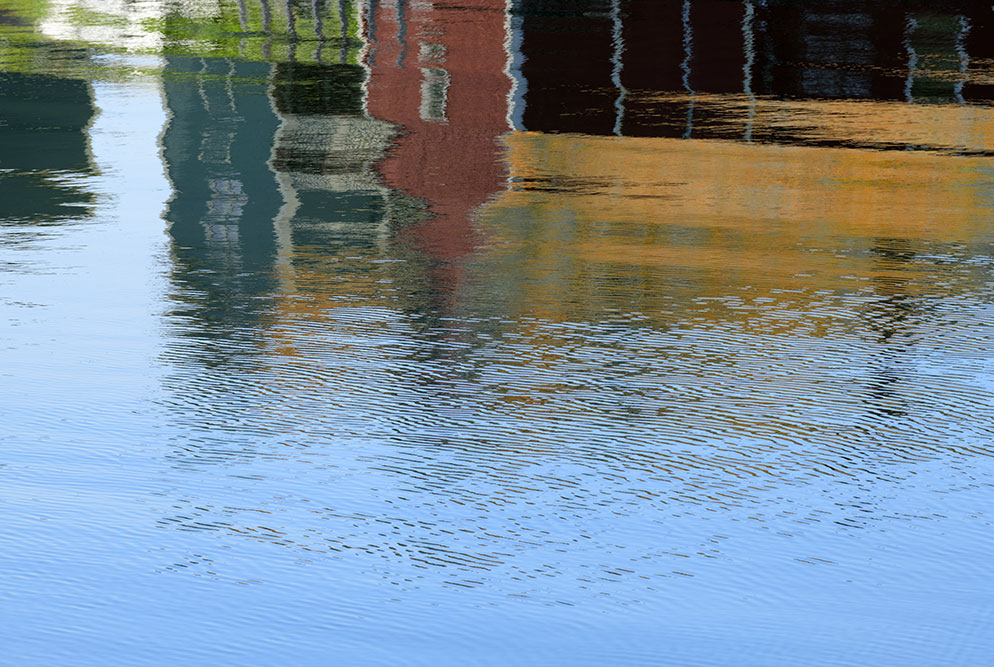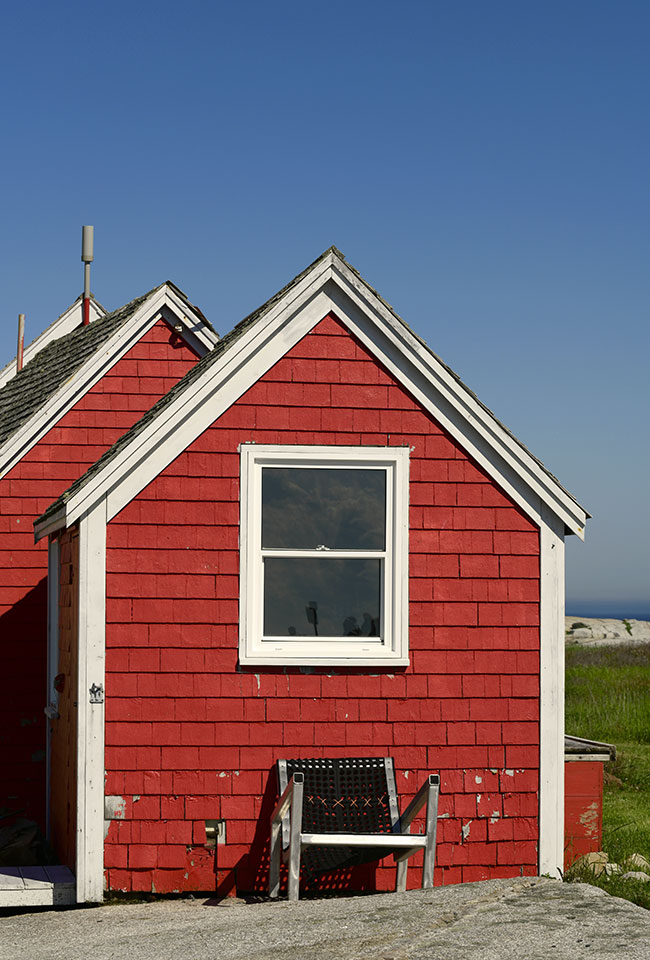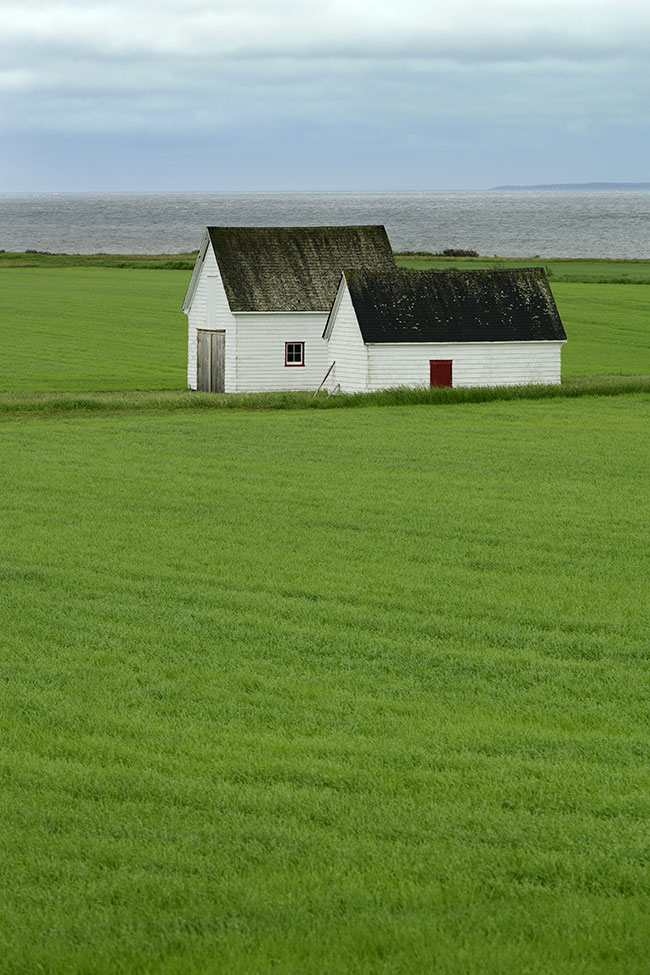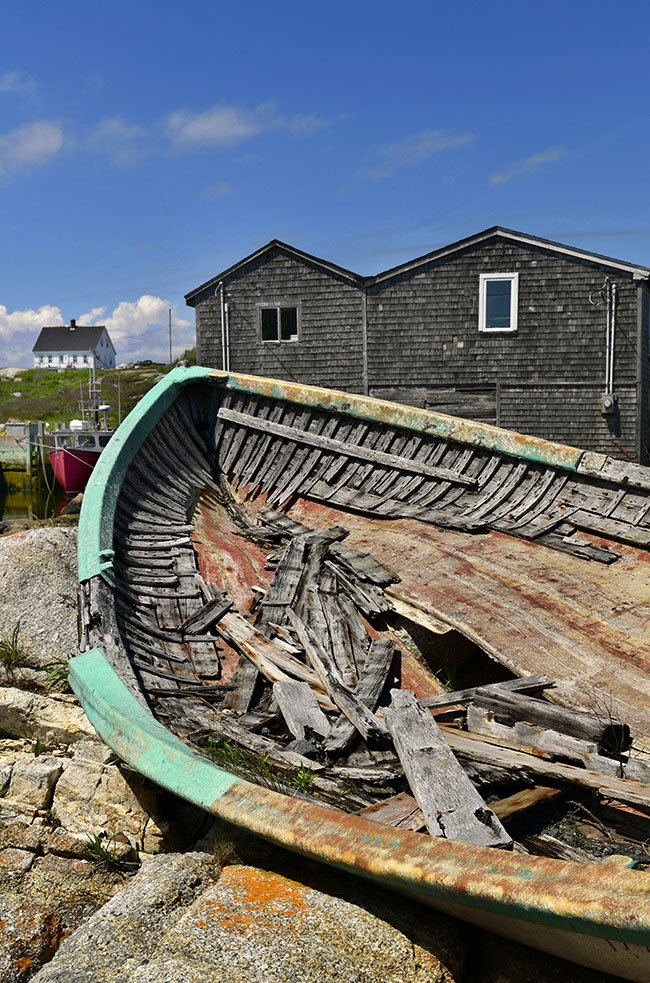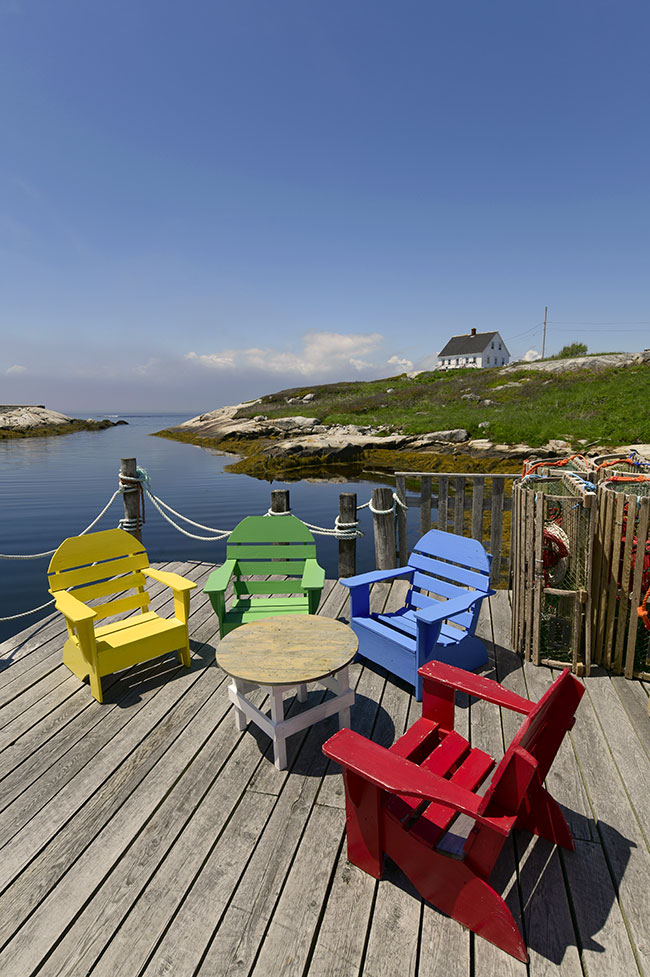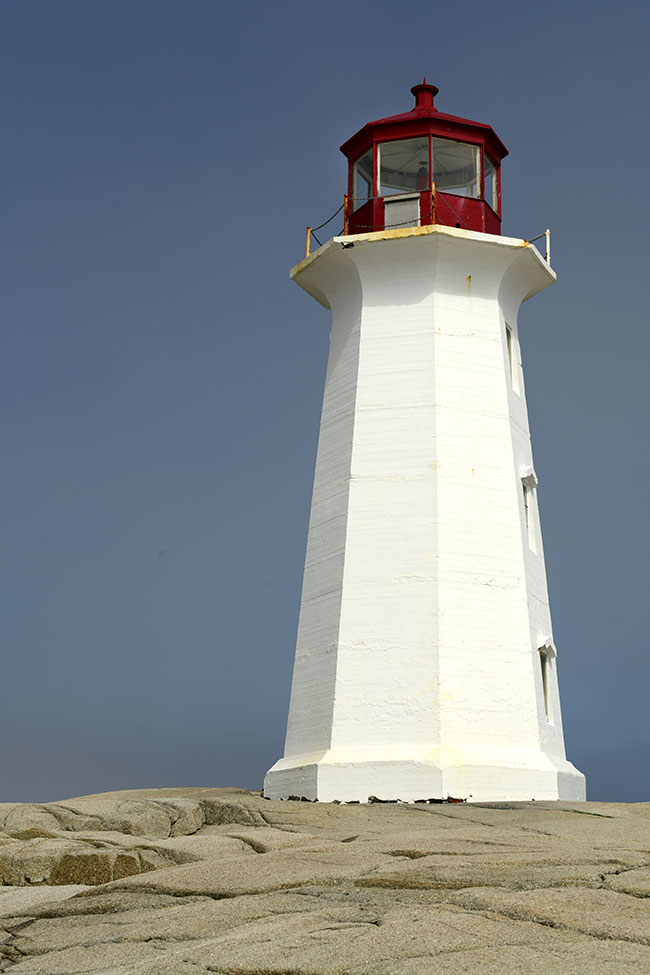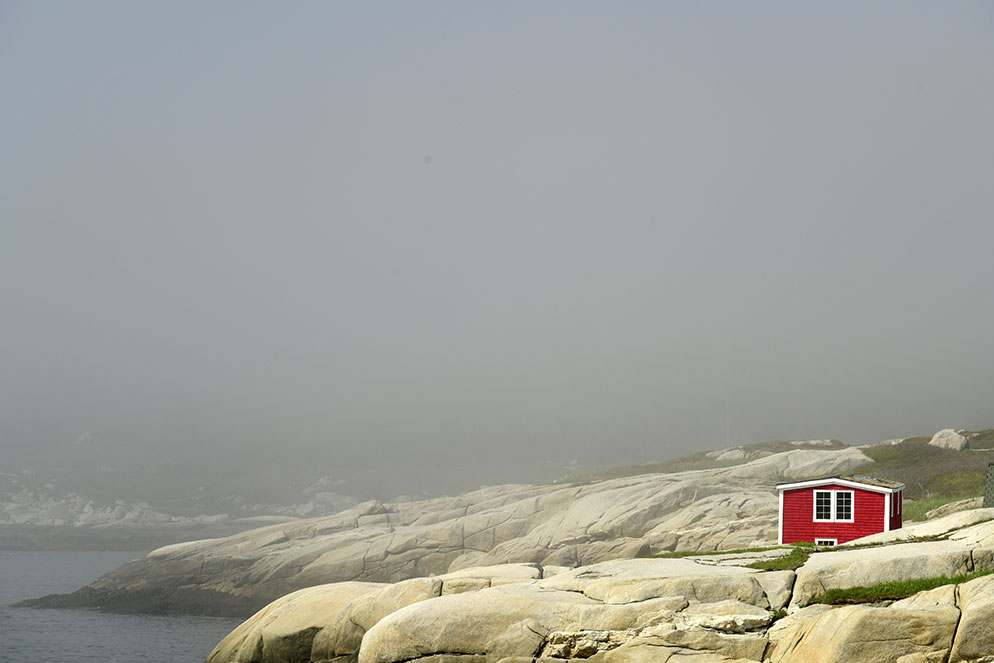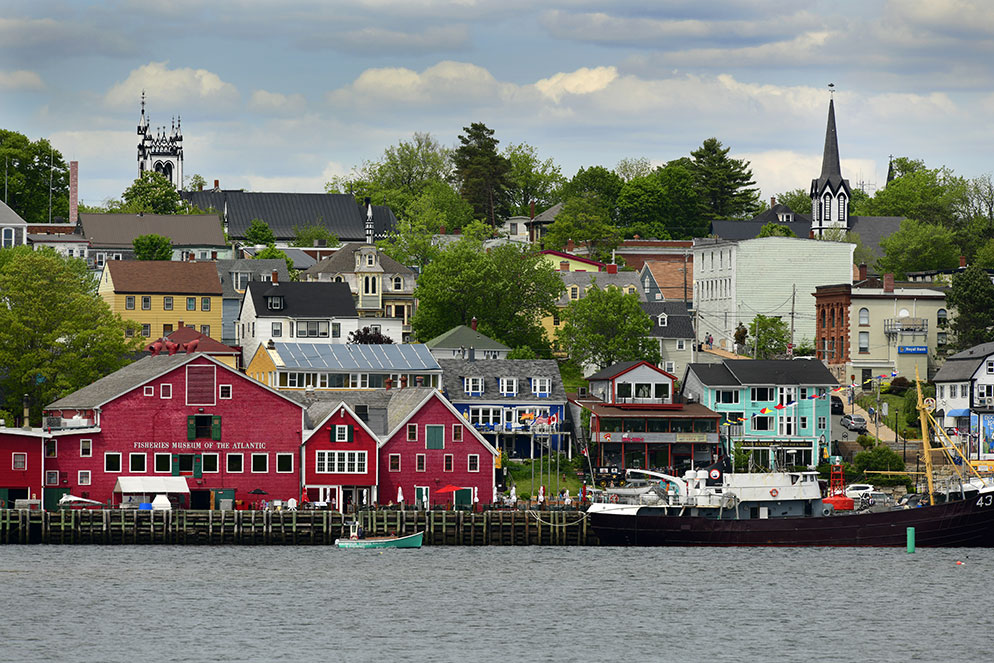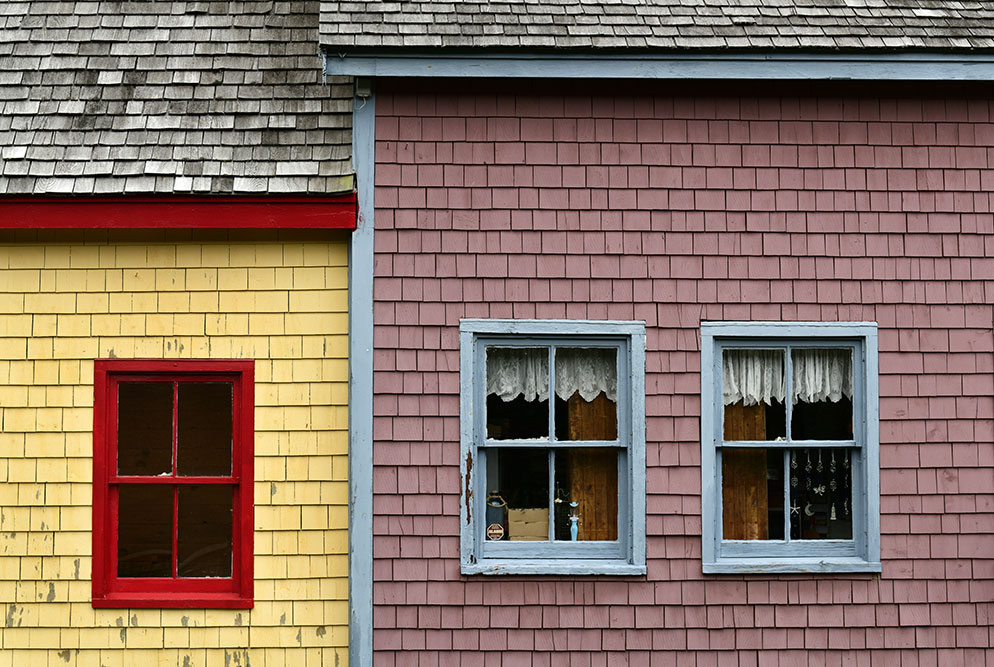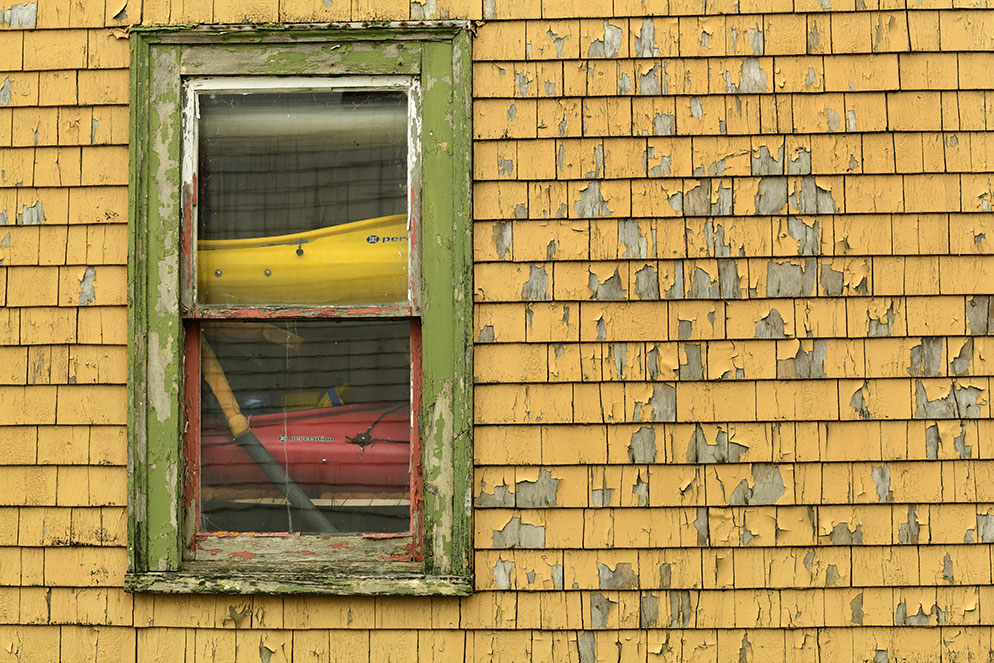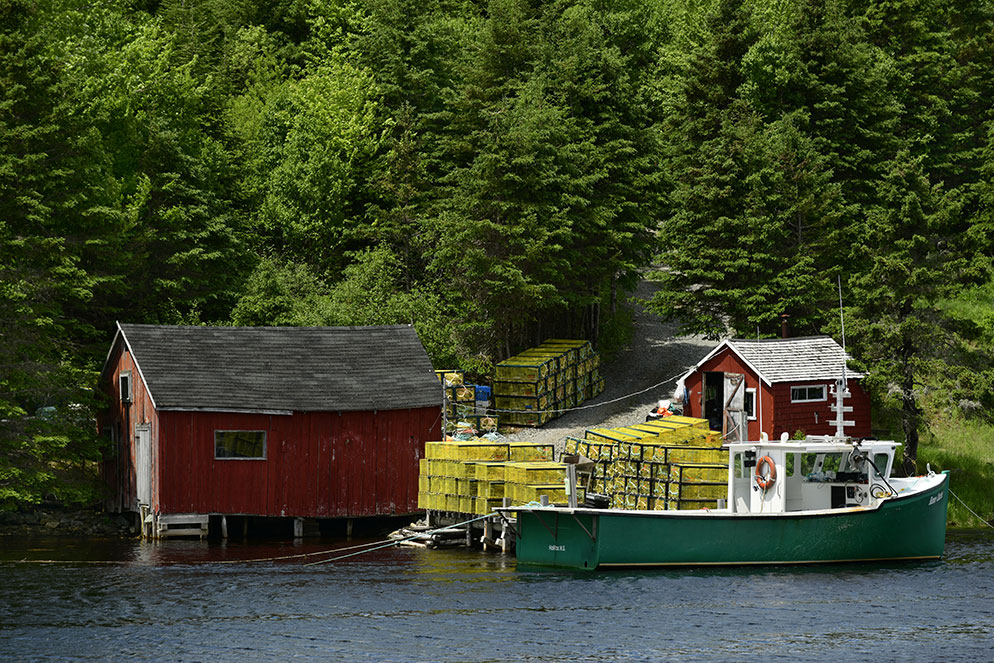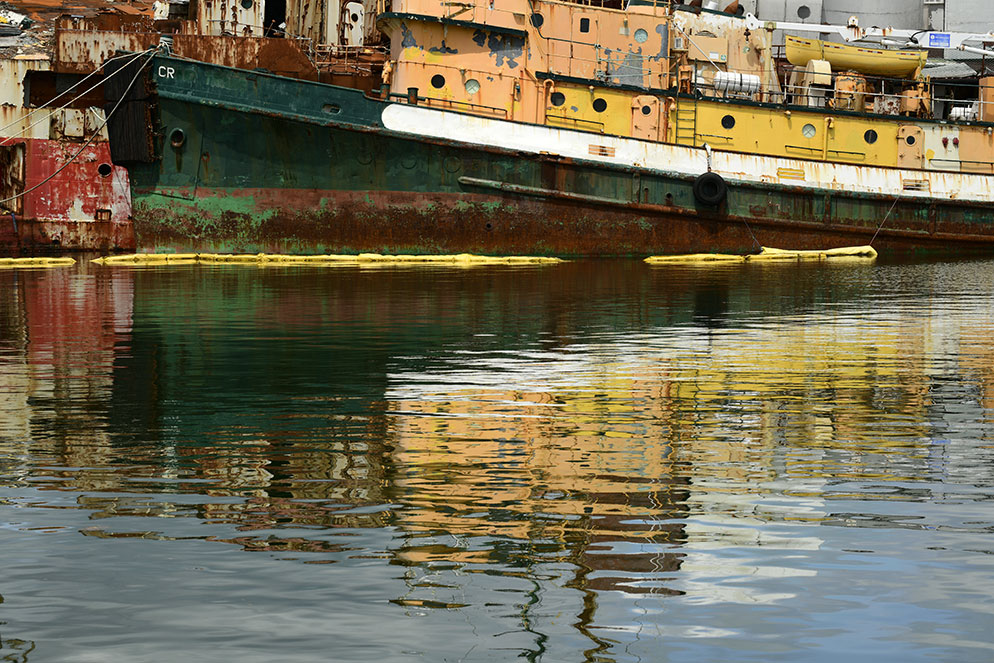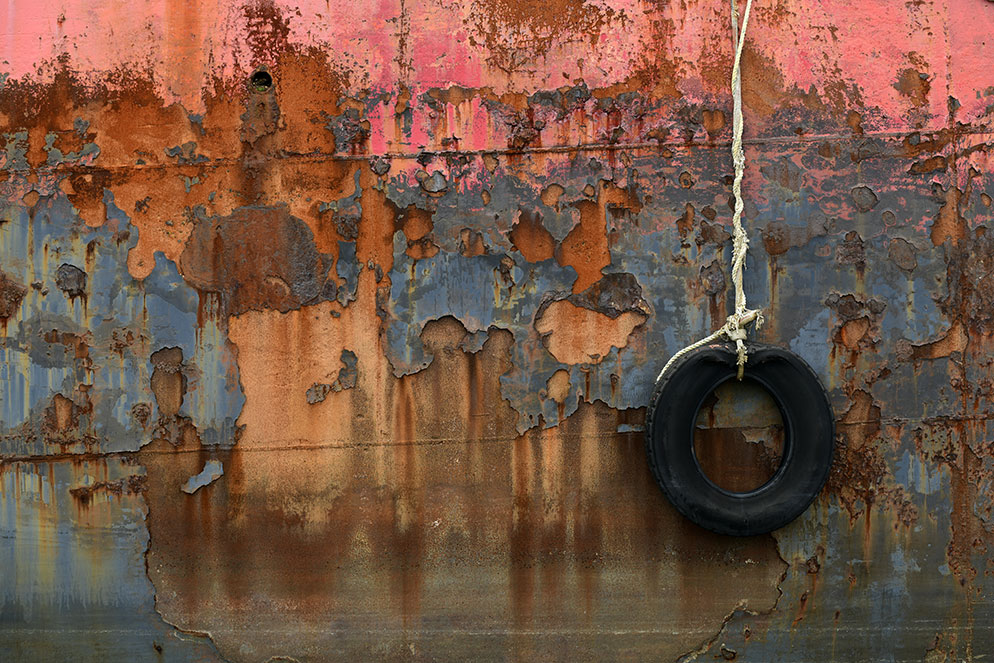Travel Plans? Check Out These Tips Before You Go
If you ask Randy Ziegler for his advice on travel photography—and we did—his response, based on a career of 40-plus years, will consist of two suggestions, both refreshingly simple: balance a prepared shot list with spontaneity and wandering-around time; and aim to get more than idealized picture-postcard images.
What Randy is after is the evidence of lives lived, so his travel plans leave room for detours and time for immersion in the effort to find and capture as best he can the spirit of the place he's visiting.
Randy did that most recently when he and his wife, Mary, spent two weeks in Nova Scotia and Prince Edward Island. The former was always an area of interest for them; the latter was the inspiration for the trip.
When we talked with Randy and viewed some of the photos, we realized this trip was a perfect example of his balanced travel-photography method in locations that offered plenty of "life as it's lived" opportunities. It was an easy decision that this was a story we wanted to share.
Parts of the Plan
As a travel photographer, Randy is more of a wanderer and an explorer than a checklist follower, and he considers "wandering" shorthand for "letting the images find me." Something he sees will catch his eye and resonate with him. He doesn't spend too much time on an analysis of why that happens. It's almost always an instantaneous, "Oh, that's for me" moment.
The fog rolls in at Peggy's Cove. "There was no question how this had to be shot," Randy says. "First, fast—things can change quickly. Then compose for space all around the colorful point that draws your eye and tells you that people care for this building." And maybe they know the effect the color will have in this spot where fog rolls in. D850, AF-S NIKKOR 70-200mm f/4G ED VR, 1/250 second, f/10, ISO 100, aperture-priority exposure, Matrix metering.
The other part of the plan is immersion, and there isn't a lot of analysis needed here either. It means opening up to and being curious about people, surroundings and culture, and it doesn't seem to be entirely voluntary. "it just seems to take me in," he says.
But being taken in doesn't mean the story tells itself. Immersion often comes from making connections. "When I see something, I want to understand where and how it fits with the lives lived in this place. If I don't get it, I ask." He adds that a natural curiosity and a love of history work well for him. "History brings things to life," he says.
His plan for this trip listed the key locations to visit: Peggy's Cove and Lunenburg in Nova Scotia; Charlottetown and Cavendish on Prince Edward Island.
He often started his day with a short list of objectives and then let the day fill in the rest. "The pleasure is often the unexpected moments that take you in their own direction when things start happening," Randy says.
You might discern an echo of long-ago picture-taking advice: f/8 and be there.
A view along the harbor in Lunenburg, Nova Scotia. "I wanted to get the colors, the buildings, the patterns...and the lack of patterns. Then I thought, Okay, I've got the overall, now let me get a little more detail in my storytelling." D850, AF-S NIKKOR 70-200mm f/4G ED VR, 1/1000 second, f/8, ISO 200, aperture-priority exposure, Matrix metering.
"So I switched lenses and got a closer look at another section of the harbor, including Lunenburg's Fisheries Museum of the Atlantic. Later we went in." D850, AF-S NIKKOR 300mm f/4E PF ED VR, 1/400 second, f/8, ISO 100, aperture-priority exposure, Matrix metering.
The Jay Maisel Factor
There are three essential photographic elements that Randy keeps in mind, and they were suggested to him—and to countless other photographers, enthusiasts to professionals alike—by the legendary master of color photography, Jay Maisel. Those elements are light, gesture and color. Light and color are self-evident, and with thought and practice, and in Jay Maisel's case, genius, we can use them to the best advantage in our photography. Gesture brings distinction to a photograph. It's not necessarily movement; it can be any element that reaches out to you, that you recognize as essential to bringing the image to life. “Gesture will survive whatever kind of light you have," Jay Maisel has said. "Gesture can triumph over anything because of its narrative content.”
It's no coincidence then that Randy's travel photographs have a narrative drive. Each image tells a story, and each is part of the larger story of the place and the people who live there.
For example: "We're driving and I see a lobster boat coming in, and we pull over," Randy says. "I go down to the boat and introduce myself. I take my time, I'm not pushy; I'm honest and respectful. They see my camera, they ask some technical questions. I ask them some questions. They let me come up and photograph whatever I want to photograph. This is not about shooting from a distance. I want the real thing, the details, as much of the story as I can get. And all the while I'm aware of that dynamic combination—light, color and gesture."
He told us also of standing near an abandoned dry-docked fishing boat. "There was no one around to talk to, but I thought of the people who'd gone out and made a living on that boat. I had to touch the boat, feel the texture of it. That's how I try to bring the viewers of the photo with me into the frame. In time that kind of immersion becomes confidence: if it works for me, it'll work for them."
In Georgetown, on Prince Edward Island. Generally the colors and numbers are safe-water-area and channel indicators. For photographers the buoys are irresistible invitations to stop and take pictures. D850, AF-S NIKKOR 70-200mm f/4G ED VR, 1/60 second, f/14, ISO 400, aperture-priority exposure, Matrix metering.
This is not about shooting from a distance. I want the real thing, the details, as much of the story as I can get.
Basic Choices
For Randy to put all his effort into images that tell those kinds of stories, he pares his gear down to the essentials. On this trip he carried his D850 for its versatility and ability to capture the wide tonal range of subtle colors and their often subtle differences. He relied on three lenses: the AF Zoom-NIKKOR 18-35mm f/3.5-4.5D IF-ED, the AF-S NIKKOR 70-200mm f/4G ED VR and the AF-S NIKKOR 300mm f/4E PF ED VR, which, for its light weight and compact size, he describes as "a wonderful travel lens." He also carried the AF-S Teleconverter TC-14E III.
His D810 was his backup body, but it spent the entire trip in luggage and various rental cars. "Forty years with Nikon gear and one word sums it up: reliable."
Of course we wanted to share that, too.
The patterns of use, wear and rust attracted Randy to a huge spare-parts ship docked in Ecum Secum. D850, AF-S NIKKOR 70-200mm f/4G ED VR, 1/60 second, f/8, ISO 100, aperture-priority exposure, Matrix metering.
Photo Tips
-
Settings and strategy: "I shoot a lot using aperture-priority exposure and the lowest ISO I can get away with," Randy says. "I'm always working the exposure compensation—my default is minus one-third stop for increased saturation, but experience is the only way to know what'll work for a given situation. In one photo—the Peggy's Cove red house—I pulled back a full stop so the house would really stand out in the fog."
-
"Be efficient and confident. Know what you want to get and know that you got it. Learn to say what you want to say in the most efficient manner. Simplify by having a clear intent: this is what I want you to see."
-
Your travel photography is not an assignment for a website, a tourist board or a chamber of commerce. It's for you. It's the depiction of what interests you and what you want to share. "And shooting for yourself—that's liberating."
-
"Remember, you're witnessing real life and the lifestyle of the people who made this place their home. Show that."
-
"Here's something I learned the hard way: always zero out your camera at the end of the day to your defaults for exposure method, metering, ISO and exposure comp. You want to be ready for the next day. Forget to reset and you'll start the day shooting yesterday's settings."

